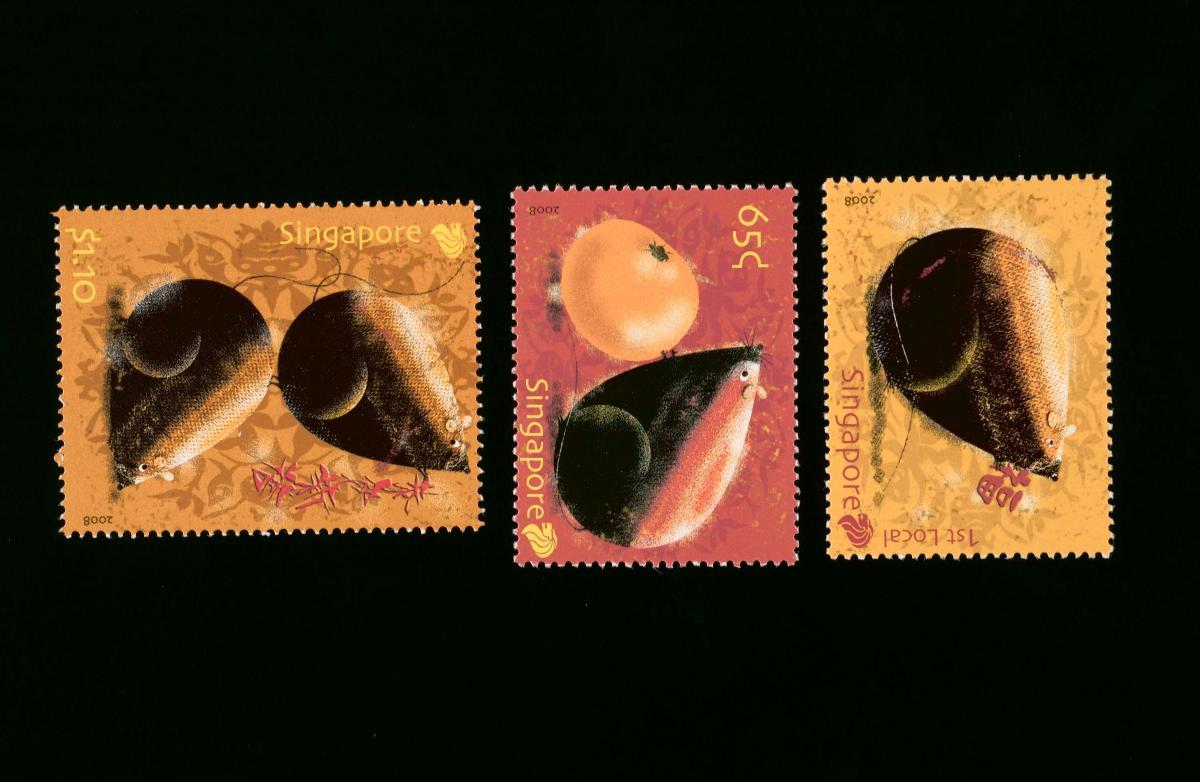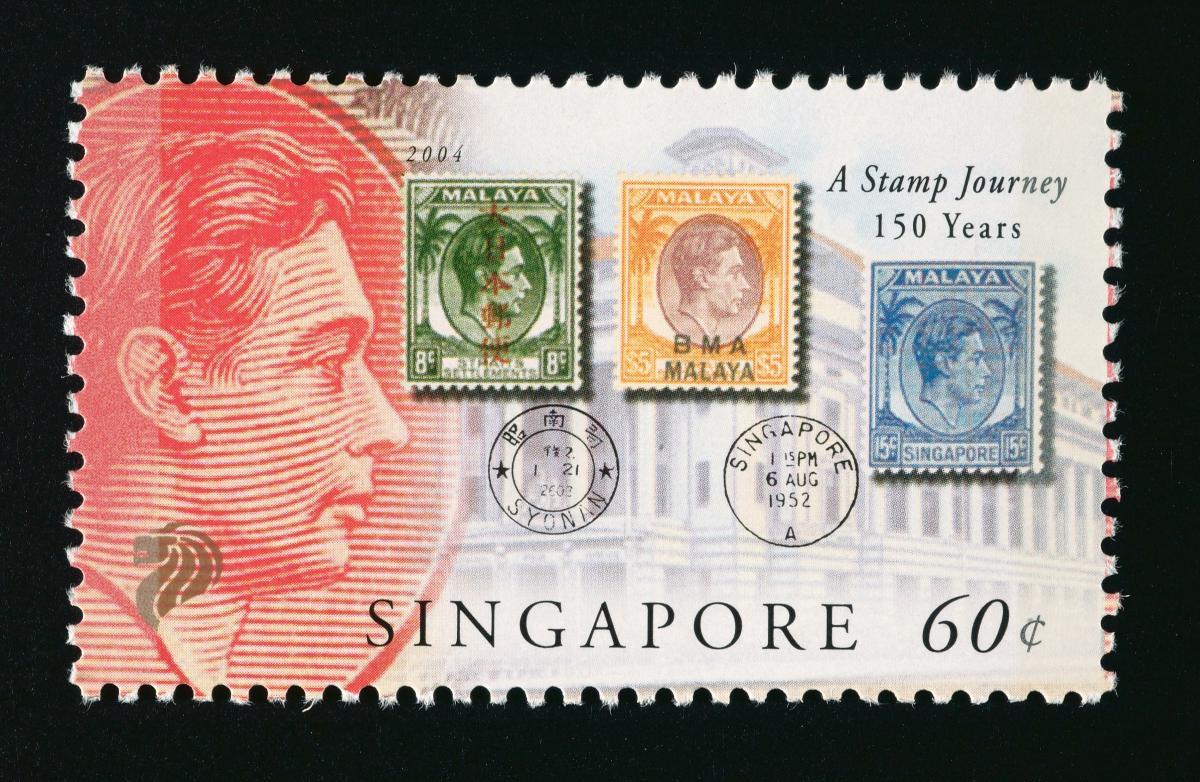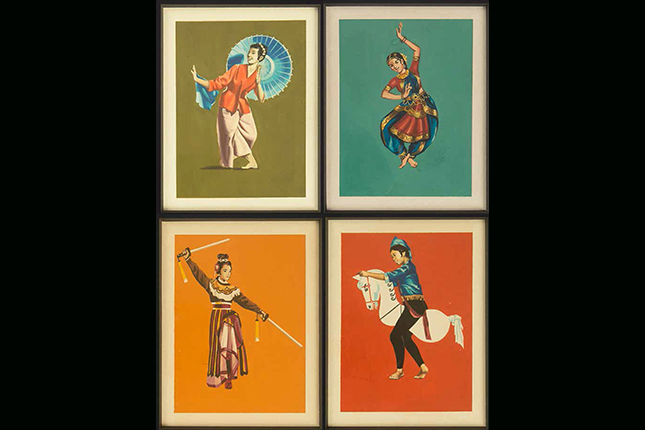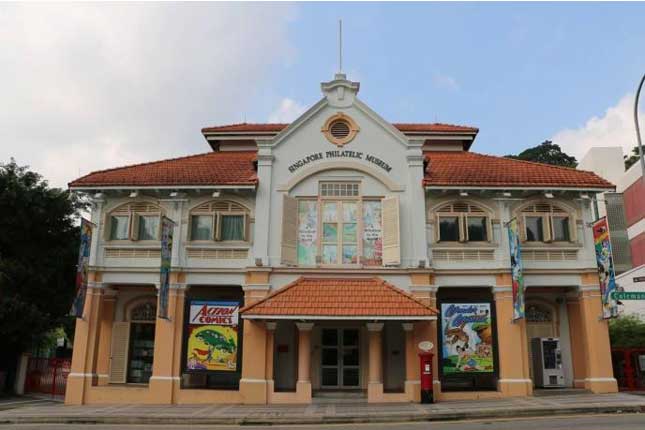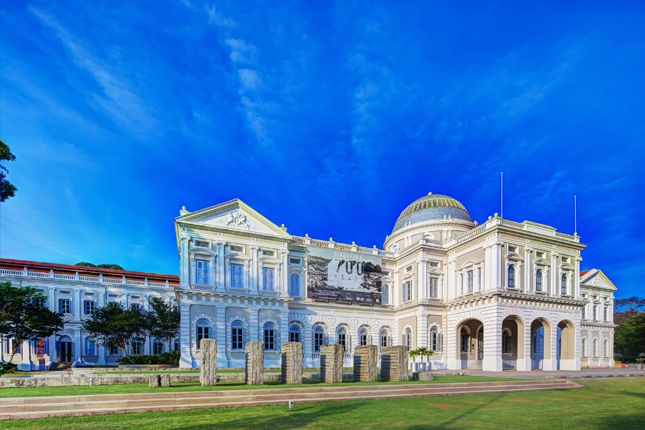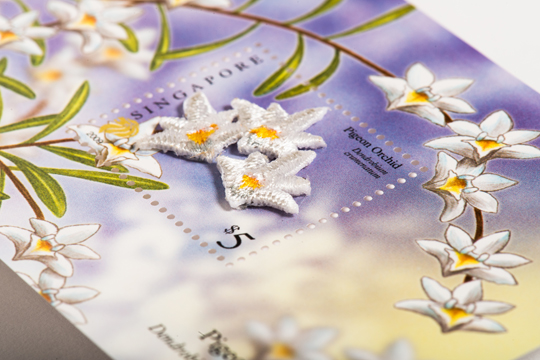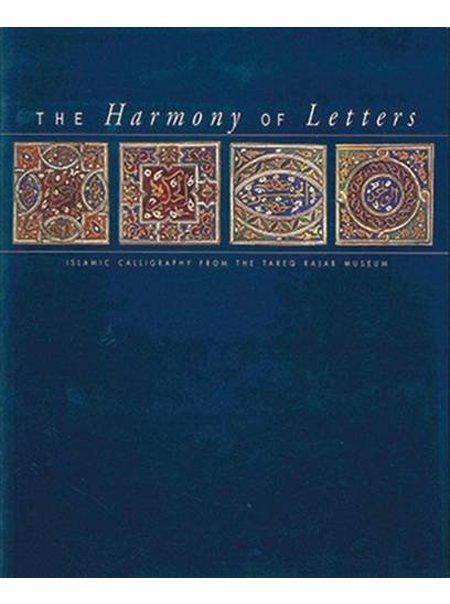Text by Lucille Yap
Be Muse Volume 7 Issue 1 – Jan to Mar 2014
If you think stamps are boring – here’s an exhibition that will not only change the way you look at – but smell, hear, touch, and yes – taste them.
But first, a little history: Postage stamps were introduced by Englishman, Sir Rowland Hill, in 1840 as a form of prepayment for postal delivery service. It was one of the most important inventions of the 19th century as stamps provided a cheap means of sending letters and paved the way for mass communication. Since then, the role of postage stamps has evolved. Stamps today are used to document a country’s historical milestones, achievements, aspirations, arts, culture, and biodiversity. The wealth of information encapsulated in these miniature pieces of art are collected and studied as a hobby by many.
In today’s IT age, postal communication remains vital, especially with the popularity of internet shopping. In the spirit of innovation, philately – the study of stamps and postal history – has kept up with the times. Postal authorities court buyers by using technological advancements to produce dazzling arrays of stamps; advanced printing technology and innovative printing techniques allow stamp designers to express their creativity. Much to the delight of users and collectors, some stamps these days are designed and printed on non-paper materials and incorporated with interesting and quirky features that bring out their beauty.
Some of these were on display at the Singapore Philatelic Museum in 2014 – many for the first time. Spanning over 47 years of collection, the exhibition which featured more than 300 unique stamps not only bucked traditional expectations that stamps are always and only printed on paper – they even tickle one’s senses of sight, smell, hearing, taste and touch!
It is simply a visual treat to see stamps bejewelled with precious stones like diamond, crystal and gem; and precious metals like gold, silver and bronze.

Exhibit from Singapore Philatelic Museum Collection.
There are also stamps that are made of unusual materials such as lace, cork, wood, and embedded with real pearl, sea salt and volcanic ash. Some can even glow in the dark or feature 3-D moving images, while others smell of coffee, chocolate, fruits and flowers.
If this is not fascinating enough, there are even talking stamps that narrate poems and play folk songs, and DVD stamps that show videos of the country. To top it all, there are stamps that taste of the food they depict when being licked!
Precious Stone
Special techniques and glues are used to affix diamonds and crystals onto the stamps. These precious stones must be firmly and securely adhered to the stamps to survive the postal system if they are used on mail.

Exhibit from Singapore Philatelic Museum Collection
Four crystals decorated the stamp featuring the Henri Delaunay Cup for UEFA EURO 2008.

Exhibit on Loan from Cartor Security Printing.
A genuine 1.25mm hand-cut diamond is affixed on the crown worn by Queen Elizabeth II on the miniature sheet. The Queen’s Diamond Jubilee in 2012 marked 60 years of her reign.
Precious Metal
Genuine 22- and 24-carat gold, silver, bronze and platinum are some of the precious metals used to produce some of the stamps on display. They are either in the form of solid metal similar to ingots, or in the form of foils that are pressed onto the printed stamp surfaces using a combination of heat and pressure.

Exhibit from Singapore Philatelic Museum Collection
The Snake on the “Gold and Silver Stamp Sheetlet on Lunar New Year Dragon/Snake” issued by Hong Kong Post is affixed with 22K gold-plated lace metal. It is considered a world-first for the application of 22K gold-plated lace metal to a postage stamp.

Exhibit from Singapore Philatelic Museum Collection
The Pope was honoured by Vatican City in the form of genuine silver ingot.

Exhibit from Singapore Philatelic Museum Collection
The entire stamp is embossed on gold foil, featuring the stamp exhibition held in Osaka, Japan, in 1970.
Unusual Materials
Football Material

Exhibit from Singapore Philatelic Museum Collection
The stamp is made of synthetic material used for the outer surface of footballs. The football championship was held in Austria and Switzerland in 2008.
Embroidery

Exhibit from Singapore Philatelic Museum Collection
This series of embroidery stamps is created in Lustenau, the centre of the Vorarlberg embroidery industry by Austrian embroiderer Häemmerle and Vogel. The first two issues are entirely embroidered while the third issue is affixed with an embroidered rose – meticulously pasted by hand.
Cork Material

Exhibit from Singapore Philatelic Museum Collection
This stamp features a cork tree and is made from wafer-thin “paper cork” with a thickness of just 0.35mm. Portugal is the world’s biggest producer of cork.
Fir Tree Wood

Exhibit from Singapore Philatelic Museum Collection
The trees used to produce the stamps were about 120 years old, and come from the Aargau municipalities of Seon and Staufen in Switzerland.
Lace

Exhibit from Singapore Philatelic Museum Collection
This stamp is made entirely of lace which was made exclusively for its issue. The lace is embroidered using polyester thread on a high-quality, satin-weave, polyester base.
Flock
Flock material used on these stamps is produced through a special process. Very fine cellulose fibres with special gum are sprayed onto the stamp paper to create a soft, smooth textured feel to the surface. It has a velvety, fabric-like finish.
Silk

Limited Edition of Miniature Sheet on Loan from Cartor Security Printing
Queen Sirikit’s 78th birthday was celebrated with this issue of silk stamps. The Royal Peacock emblem was granted by the Queen as a quality guarantee for the silk. 15,000 sets of stamps were handmade from about 6,000 metres of silk.
Quirky Features
Pearl

Exhibit from Singapore Philatelic Museum Collection
Half a pearl is affixed onto the bottom left-hand corner of each stamp.
Beaded Stamp

Exhibit from Singapore Philatelic Museum Collection
The world’s first beaded stamp is designed in a unique pouch shape, and is intricately pasted by hand with caviar beads. It is inspired by the exquisite beadwork which is a distinctive aspect of Peranakan culture. The stamp was issued to commemorate the opening of the Peranakan Museum in 2008.
Rock Particles

Exhibit from Singapore Philatelic Museum Collection
This miniature sheet is printed with a special technique: Sandstone dust particles are added to create a rocky feel to its surface.
Sea Salt
Using a very special thermograph technique, part of the design on the stamps are covered in real salt from the Piranske Soline salt-work in Secovlje.
Stamps Perforated with Holes

Exhibit from Singapore Philatelic Museum Collection
The stamps resemble the old folk art of paper cutting in China. The intricate design is created using state-of-the-art laser technology. The Zodiac Year of the Dragon was celebrated in 2012.
Glow in the Dark

Exhibit from Singapore Philatelic Museum
Special ink with phosphorus is used to produce these stamps. The ink works by absorbing surrounding light and when the environment is dark, light is released.
Tennis Court Clay

Exhibit from Singapore Philatelic Museum Collection
The miniature sheet is printed with fine clay particles from the actual venue – the tennis court of Bercy Hall in Paris.
Plant Seeds

Exhibit from Singapore Philatelic Museum Collection
These stamps carry plant seeds which can be removed and planted. The stamps will gradually decompose in the soil, and provide protective mulch for the seedling.
The seed of the indigenous Ghaf tree is covered in the tree fibre and affixed onto one of the two stamps. The Ghaf tree is an integral part of the United Arab Emirates’ environment and heritage.
To commemorate 50 years of Singapore’s green movement, the $5 stamp is embedded with the seeds of Portulaca grandiflora – a flowering plant once popular among many Singaporeans.
Stamps with Aroma and Taste
Scented stamps can be created by using different techniques. One uses the micro-encapsulation of small amounts of perfume; scent is released when the surface is gently rubbed. Another method is to add scented essence to the varnish that coats the surface of the stamps.
Some scented stamps also come with flavours! Food essence is added to the glue before being applied to the back of the stamp, so that users who lick the stamps will taste the food.

Exhibit from Singapore Philatelic Museum Collection
The five stamps depict chocolate in various forms: sprinkles, pralines, chocolate spread, pieces of raw chocolate and bars. These stamps taste and smell of dark chocolate. Cocoa-oil is added to the gum to give it even more flavour.
Action Stamps

Exhibit from Singapore Philatelic Museum Collection
This stamp shows the legendary goal scored by Andi Herzog, Austria’s record-breaking international player. 48 frames of images taken from television recordings are put together to produce this three-second dynamic and fluid action. <
Scan & Watch

Exhibit from Singapore Philatelic Museum Collection
Watch a Kunqu Opera performance by scanning these stamps. Kunqu Opera is one of the oldest forms of Chinese opera still performed today. The ancient art form was placed in the UNESCO Representative List of the Intangible Cultural Heritage of Humanity in 2001. The opera developed under the Ming dynasty (14th to 17th centuries) in the city of Kunshan, situated in the region of Suzhou in Southeast China.
Lucille Yap is Senior Curator, Singapore Philatelic Museum





